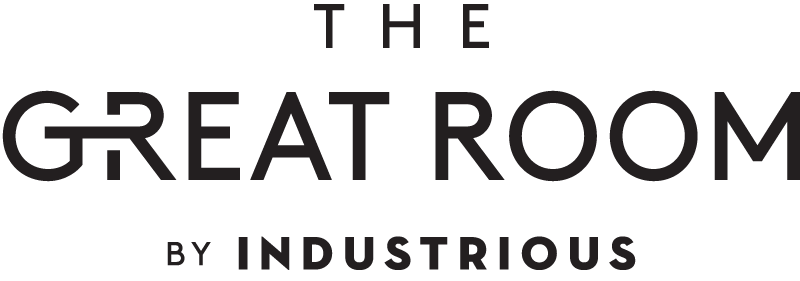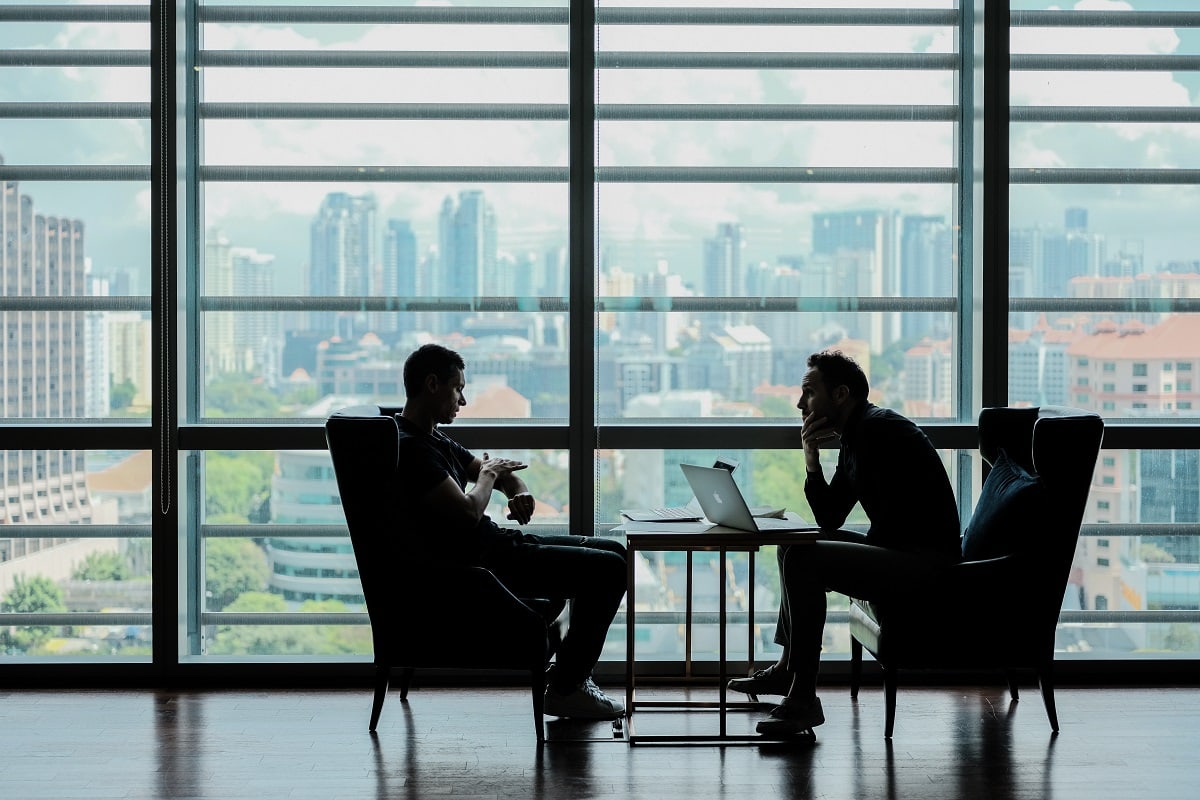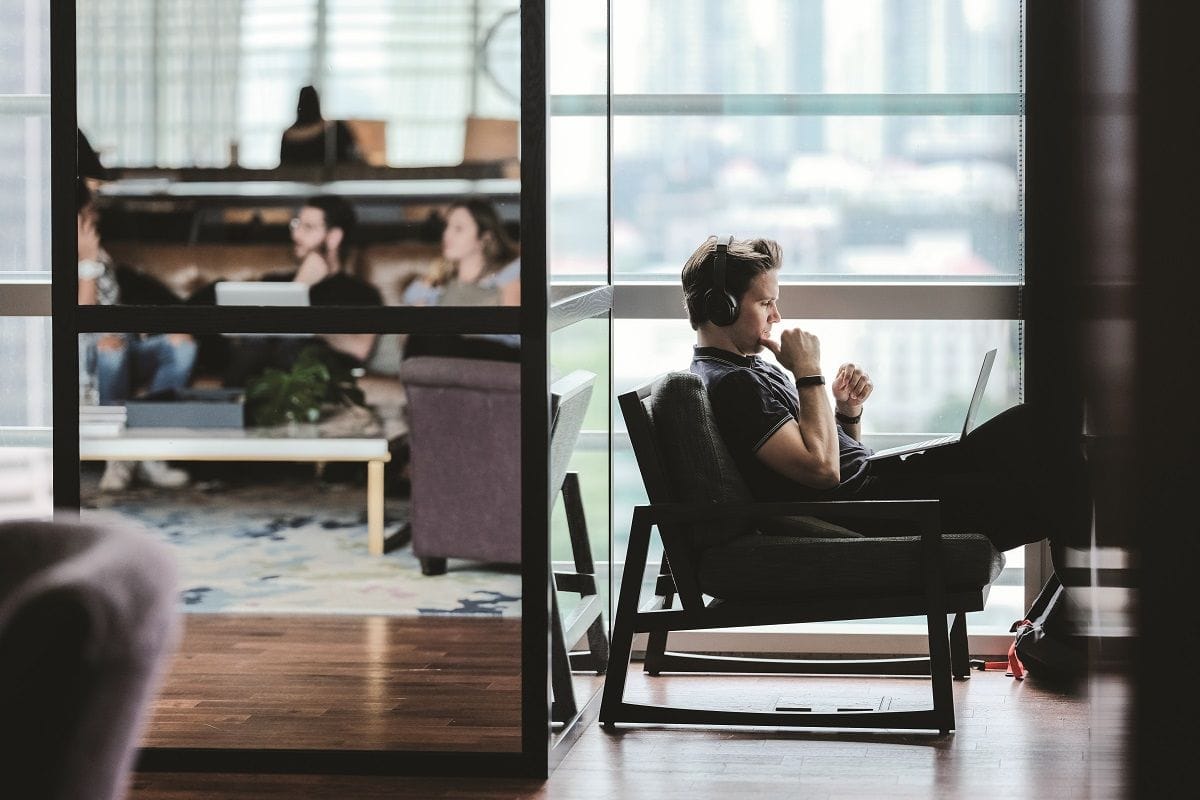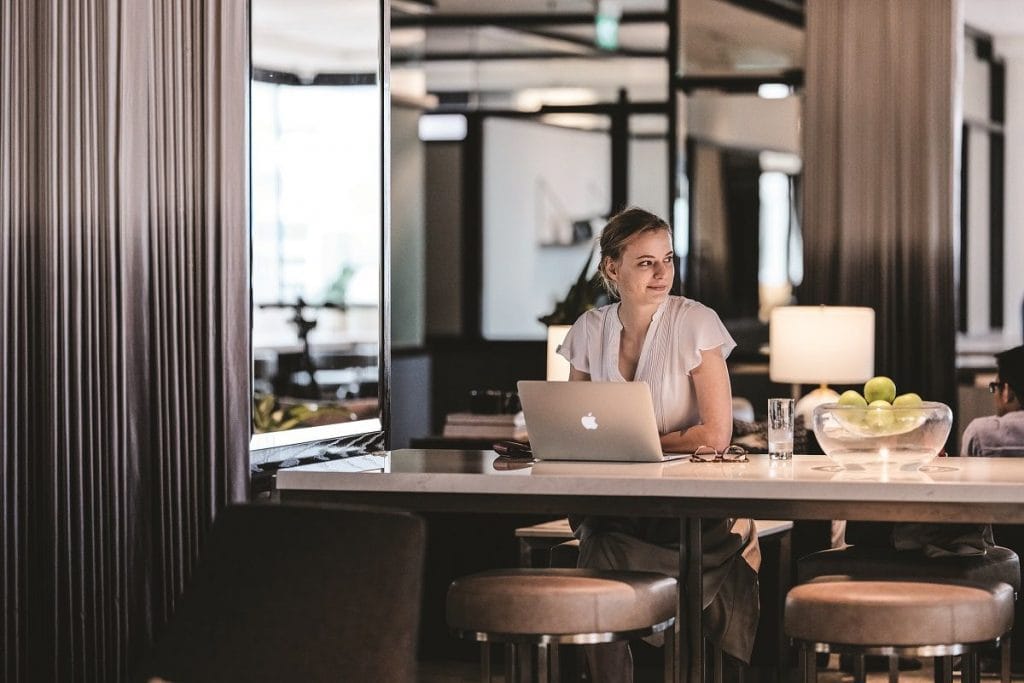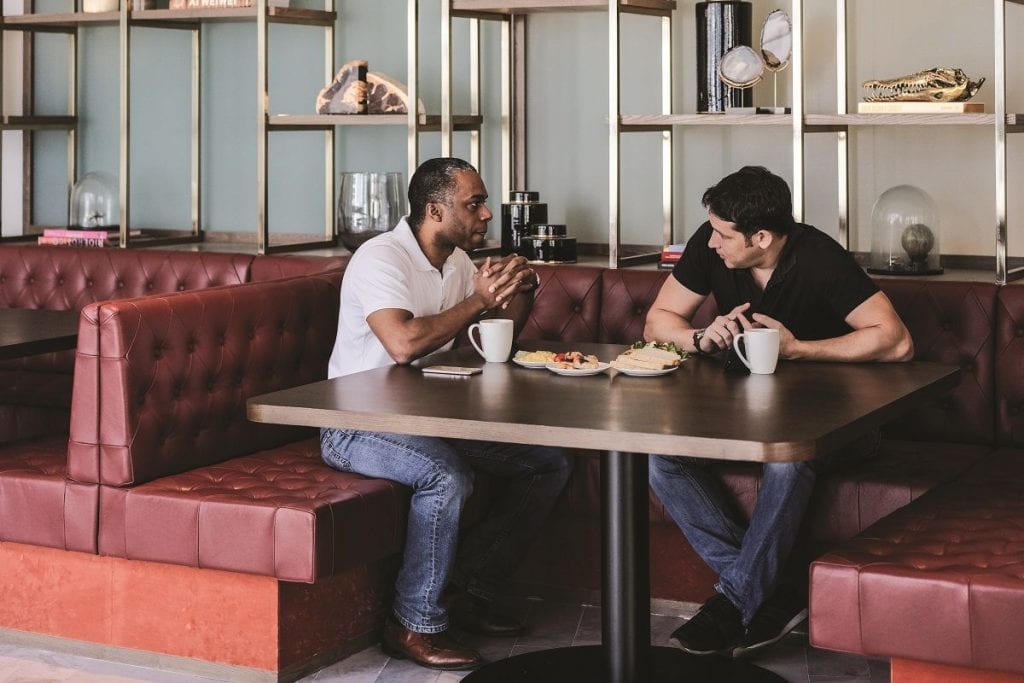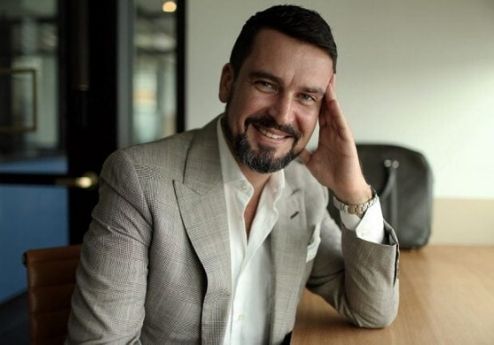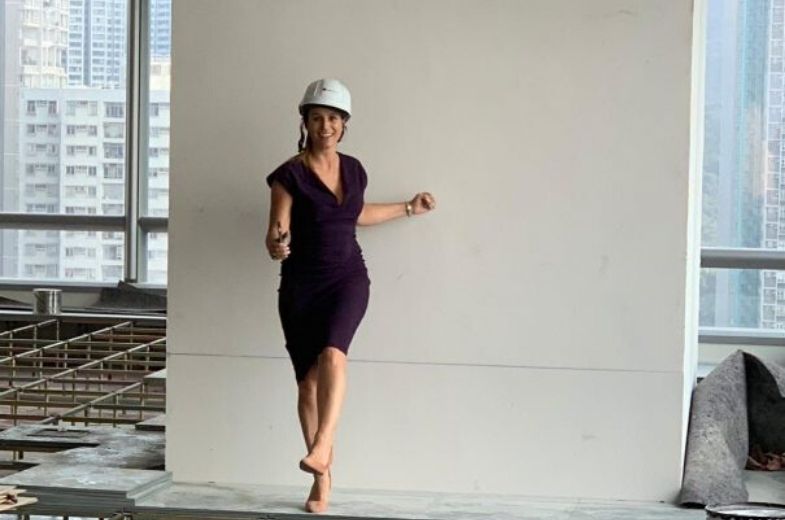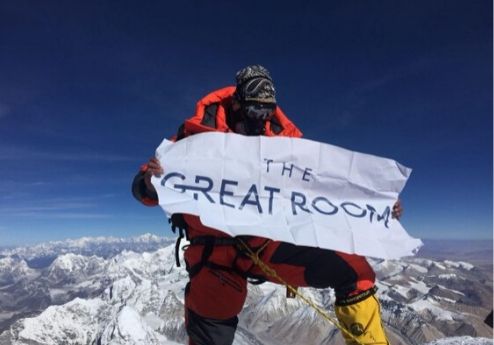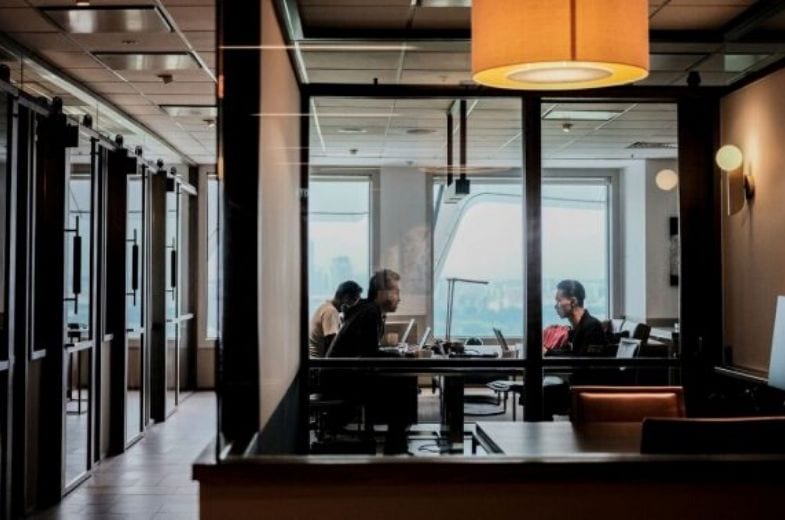Does the viral crisis call for wartime CEO mentality?
Make no mistake, this is war. Yet it is a war like no other, for the opponent is not a competition after market share or trying to outdo you in a tech race. It is an insidious virus that hijacks the lives of the man of the streets, that locks countries down, that disrupts markets to the point of sending the world-wide economy on a slide downwards. Is it time to wake up the wartime CEO in you?
Charging Through Rough Seas With A Unified Mission
The wartime CEO needs everybody to move in step, according to his plan – no room for deviances. A unified mission, clearly communicated by the leadership, is what companies in crisis need right now, according to a report by Deloitte Insights (ref: https://bit.ly/3bjHyLS) which identifies the fundamental qualities CEOs will need to guide their enterprises through the crisis. American management consultancy Bain outlines it even more clearly in wartime settings: (ref: https://bit.ly/2UbmIsh), prescribing the establishment of “a dedicated senior team in a war-room setting”, outlining macro scenarios and translating them to contingency plans.
Move fast, move aggressive
Bain further stresses the importance of swift action, recommending the outline of “no-regret moves” within days of the crisis, rather than weeks. “As CEO, you must be out in front with a planned cascade of possible actions, probably more aggressive than your team can imagine right now,” recommends a report published by the consultancy.
A perfect example: Facebook. After long battles over scandals that have eroded the trust between the company and the public, brand perception is on the uptick, thanks to the company’s swift response to the crisis. As early as February, Facebook was leading other tech industry giants to collaborate with the World Health Organisation (WHO) to discuss solutions to the outbreak. It continues to help WHO and other health organisations disseminate accurate information to its users.
The social media platform has also rapidly rolled out other initiatives, from banning ads for surgical masks, sanitisers, disinfectants and test kits to prevent scams and price gouging, to a $100 million program to help small businesses. “Aim for speed over elegance,” advises Deloitte Global CEO Punit Renjen (ref: https://bit.ly/3bjHyLS). “Resilient leaders take decisive action—with courage—based on imperfect information, knowing that expediency is essential.”
Make the difficult decisions
While Facebook sized up the situation and turned it into opportunity, few companies have the same luxury of vast resources and reserves to dip into in an economic crisis. Most would be first tackling the issue of revenue decline, scaling down operations, stabilising disrupted supply chains, and slashing costs.
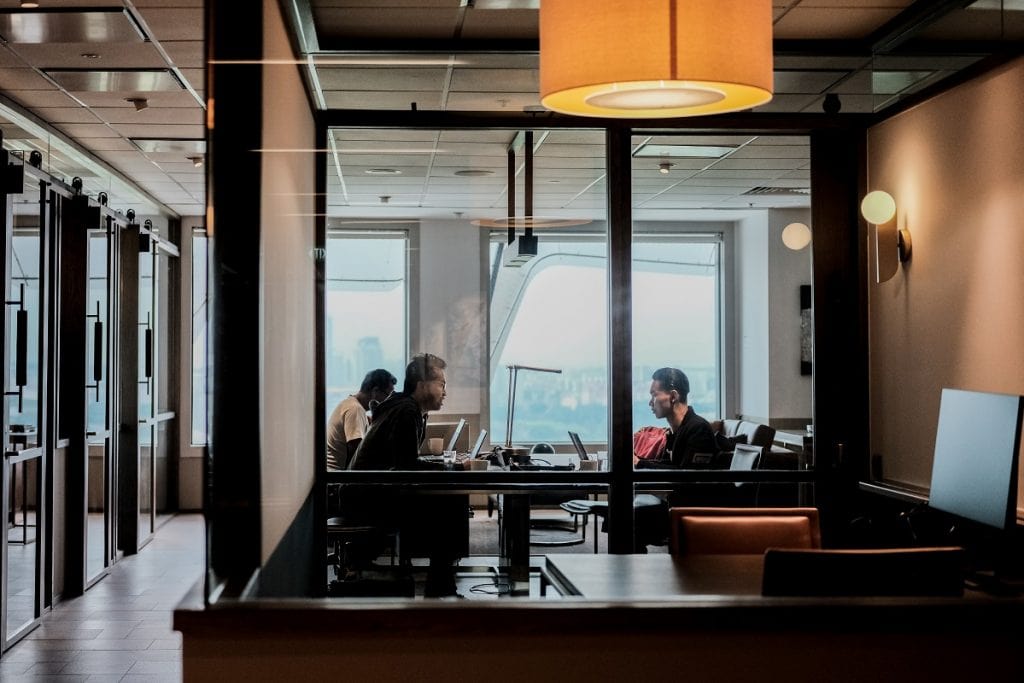
In his blog post Peacetime CEO/Wartime CEO (https://bit.ly/2QGguhY), American businessman and New York Times bestselling author of The Hard Thing About Hard Things, Ben Horowitz writes: “Peacetime CEO builds scalable, high volume recruiting machines. Wartime CEO does that, but also builds HR organizations that can execute layoffs.”
Indeed, now is the time to carrying out those plans that nobody likes executing with the business’ continuity as the core mission in mind. The silver lining in this is the opportunity for leaders to show solidarity with their community: Trip.com CEO Jane Sun and chairman James Liang has announced that they will both not take any salary starting from March 2020, and members of the senior management will take voluntary pay cuts of up to half of their salary.
Amidst broad cost-cutting measures, the CEO of Singapore Airlines (SIA), Goh Choon Phong, will also be taking a 30% pay cut, while those holding executive vice-president and senior vice-president positions will bear 25% and 20% pay cuts respectively. Yet, tackling a Black Swan event as the COVID-19 pandemic isn’t just being ruthless, aggressive and goal-oriented.
It takes as much of thinking with the head as it takes thinking with the heart. While it is early days to see which companies will emerge victorious, so far, the CEOs who are winning are showing as much empathy and compassion as they are training their focus on financial performance. For ultimately, businesses are built by people, to serve people.
